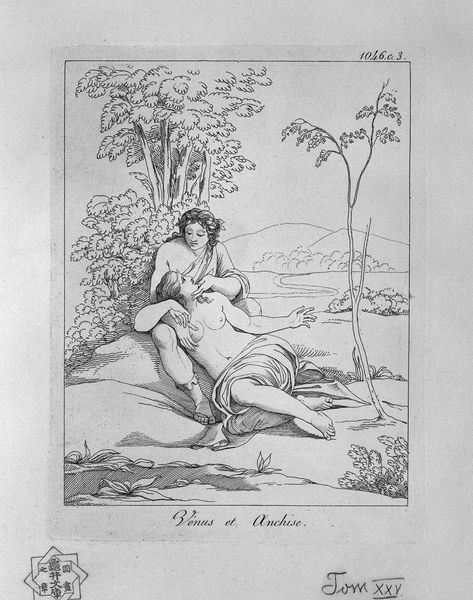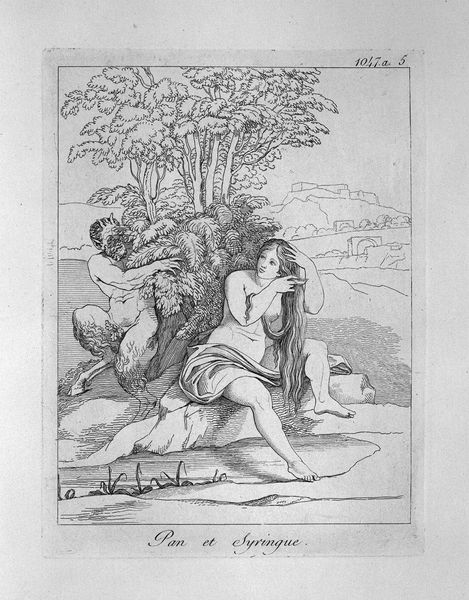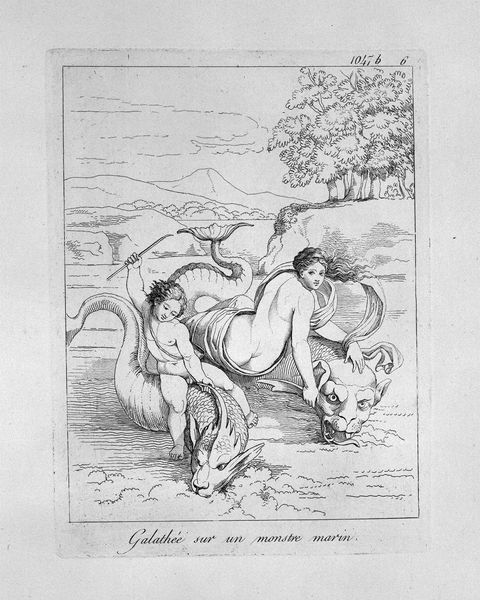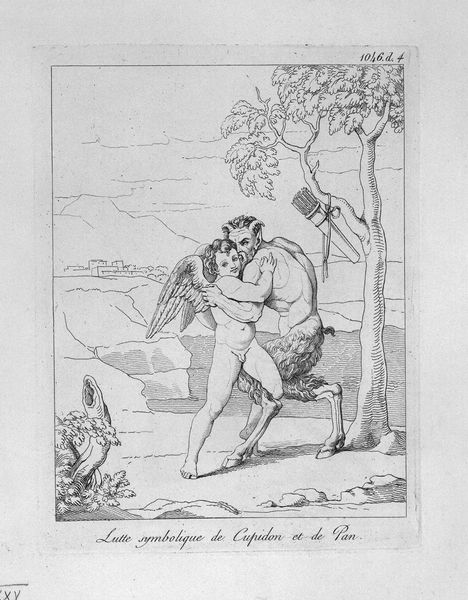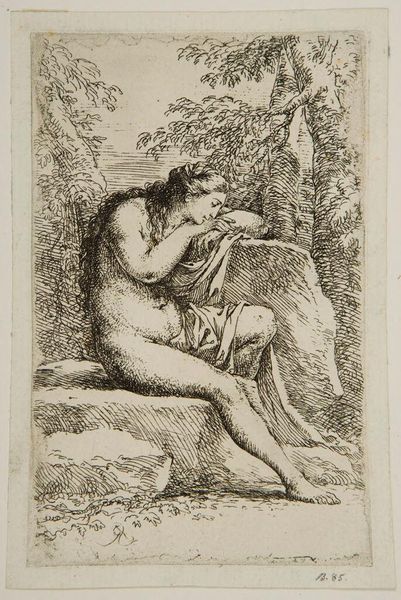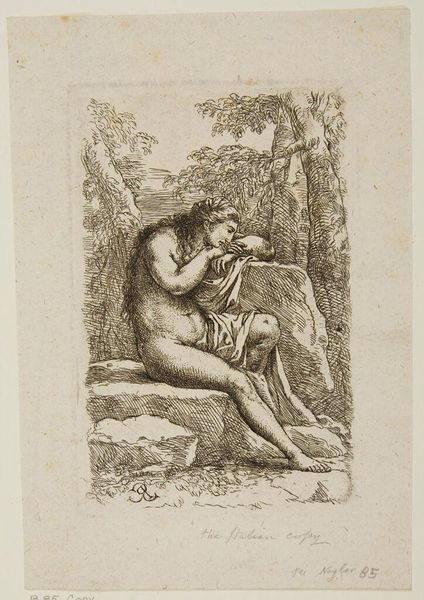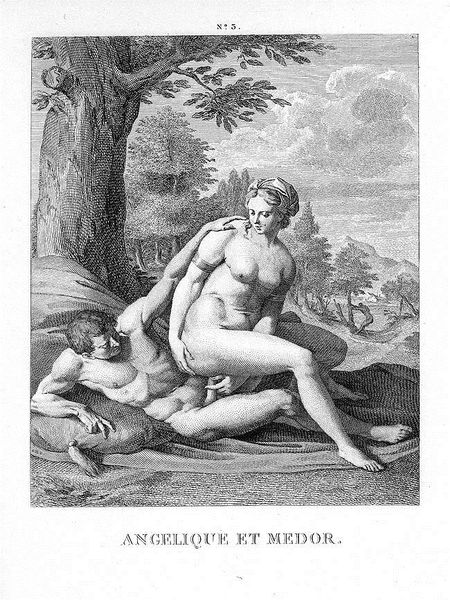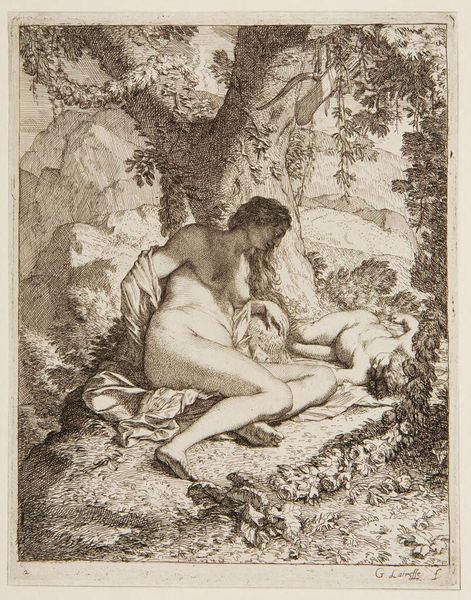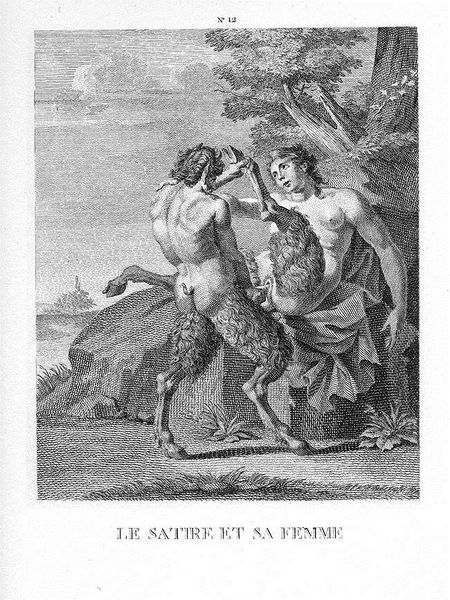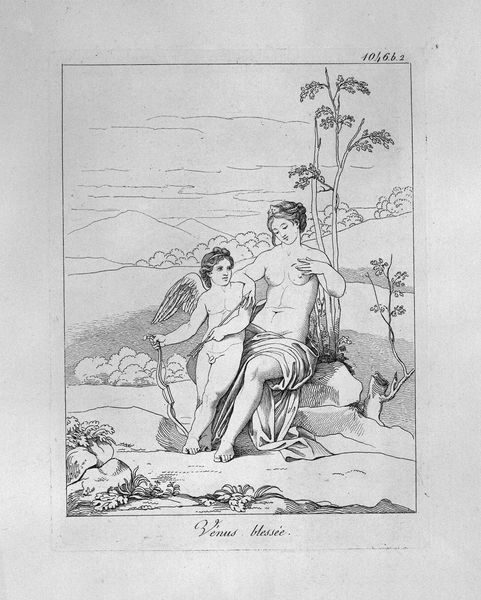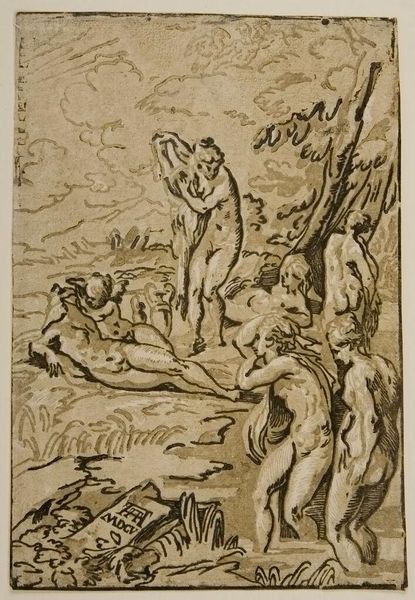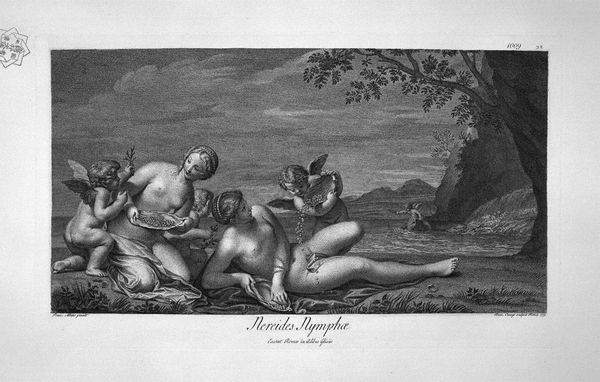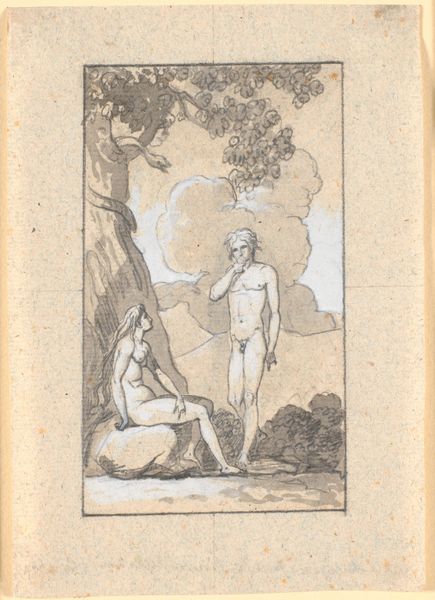
engraving
#
neoclacissism
#
landscape
#
roman-mythology
#
mythology
#
nude
#
engraving
Copyright: Public domain
Editor: Here we have "Venus in Kythera", an engraving by Giovanni Battista Piranesi. The lines are so delicate! What do you make of this scene? Curator: Immediately, I’m drawn to the *process* of its making, and the social conditions it reveals. Note the *engraving* – a fundamentally reproducible medium. It suggests a desire to disseminate the image, to create a commodity around this vision of Venus. Editor: A commodity? But it seems so… classical. Curator: Precisely. The neo-classical style isn't simply about aesthetics. It reflects a cultural moment, where the ruling classes looked back to a romanticized, ordered past, using symbols like Venus to legitimize their own power and consumption. And *how* do we encounter it? As a print. Intended for circulation and the art market, not necessarily for some grand display in a royal court. What raw materials are involved in that printing process and distribution? Editor: So, the value isn't just in the image, but in how it was made, shared, and maybe even who it was *for*? Curator: Absolutely. And think about the labour involved in creating the copperplate, pulling the prints, and distributing them. Where did Piranesi’s metal and paper come from and how did that connect back to this image of ideal beauty? We must analyze *how* such images were produced and disseminated. Editor: That definitely gives me a lot to think about about. Thank you! Curator: Likewise. The materiality tells a tale of social structure of production in and of itself.
Comments
No comments
Be the first to comment and join the conversation on the ultimate creative platform.
